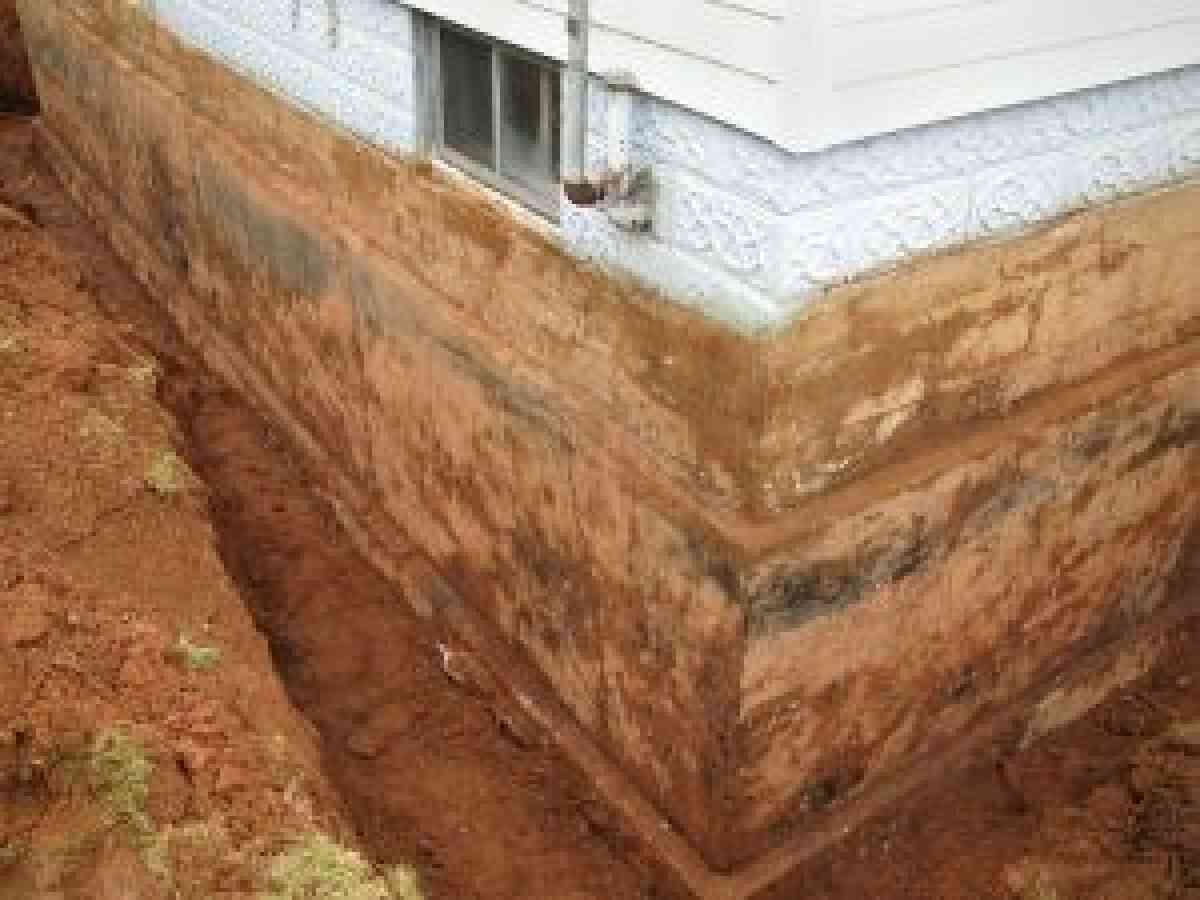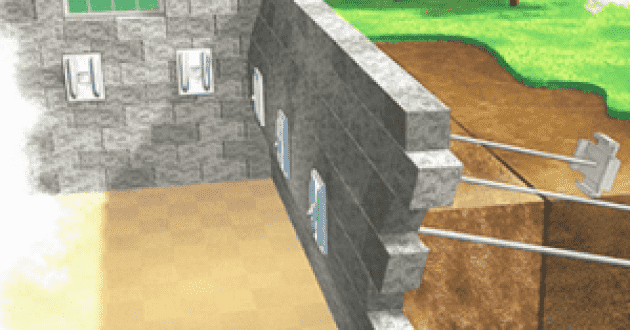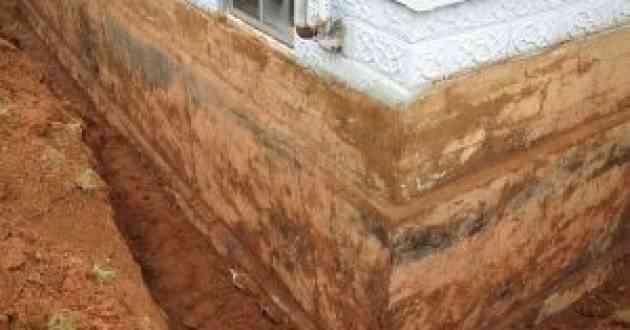Basement Wall Bowing Repair 101: What You Need To Know
- - Category: Constrution
- - 14 Jun, 2023
- - Views: 176
- Save

Learn everything you need to know about basement wall bowing repair in this comprehensive guide.
Have you noticed a slight curve or bulge in your basement walls? If so, you may be experiencing a common issue known as "basement wall bowing". While this may seem like a minor inconvenience, it can quickly turn into a major problem if left untreated. In this blog post, we will explore the ins and outs of basement wall bowing repair. From causes to solutions, we'll cover everything you need to know to ensure your home remains safe and stable. So, grab a cup of coffee and get ready to become an expert in basement wall repair!
Understanding the Causes of Basement Wall Bowing
Basement bowing wall repair is a common problem faced by homeowners with basements. It occurs when the walls of your basement start to curve or bow inwards, caused by pressure from the outside soil and hydrostatic pressure. One major cause of this issue is poor drainage around your foundation walls.
Another factor that contributes to this problem is heavy rainfall or melting snow that causes swelling of soil near the basement walls. Identifying signs such as horizontal cracks at its middle portion, mildew odor and visible gaps between window frames and concrete will indicate that you need basement wall bowing repair immediately.
If left untreated, it can lead to structural damage and property devaluation making it important for homeowners who suspect they have this issue addressed quickly by contacting a trusted contractor experienced in basement wall bowing repair services.
Signs Your Basement Walls are Bowing: What to Look For
Basement wall bowing is a serious issue that requires immediate attention. It occurs when the walls of your basement start to curve or bend inward due to pressure from the soil outside. If left untreated, it can lead to cracks, leaks, and even collapse.
To determine if your basement walls are bowing, look for visible signs such as horizontal cracks, bulging or leaning walls, and gaps between the bowed basement walls and ceiling or floor. You may also notice doors and windows that are difficult to open or close.
It's important to address basement wall bowing as soon as possible to prevent further damage. Ignoring the problem can lead to costly repairs down the line. Contact a professional contractor who specializes in basement wall repair to assess the situation and recommend the best course of action.
Different Basement Wall Bowing Repair Options Explained
Basement Wall Bowing Repair Options Explained:
Carbon Fiber Reinforcement
One of the most popular and modern ways to repair bowing walls is through carbon fiber reinforcement. This technique involves using a high-strength, yet thin, layer of carbon fiber strips that are applied onto the wall with an epoxy adhesive. Once cured, these strips will distribute pressure evenly throughout the wall surface and prevent further damage.
Wall Anchors
Another effective way to stop basement walls from bowing further is with the use of wall anchors. These anchors consist of two plates: one on your interior-facing basement wall and another on your yard- or driveway-facing exterior soil. They both attach using a sturdy steel rod that penetrates through the thick foundation walls in between them.
These two methods are among those considered as permanent solutions for weakened or bowed basement walls. Be sure to consult a reliable contractor who can assess which option suits best for every situation
How to Choose the Right Contractor for Your Basement Wall Bowing Repair Project
When it comes to basement wall bowing repair, it's important to choose the right contractor for the job. Here are a few things to keep in mind when making your decision:
- Look for experience: A reputable contractor will have years of experience dealing with basement wall bowing repairs and will be able to provide references from satisfied customers.
- Check for licensing and insurance: It's essential that your contractor is properly licensed, insured, and bonded. This ensures that they are qualified to do the work and protects you in case something goes wrong during the project.
- Get multiple quotes: Don't just go with the first contractor you talk to - get quotes from at least three different companies so you can compare prices, services offered, and timelines for completion.
- Ask about their process: A good contractor should be able to explain their process for repairing basement walls that are bowing or leaning, which may include excavation, bracing systems, or other techniques.
Consider customer service: Choose a company that values customer service and communication throughout the entire project - this will ensure a positive experience from start to finish.


